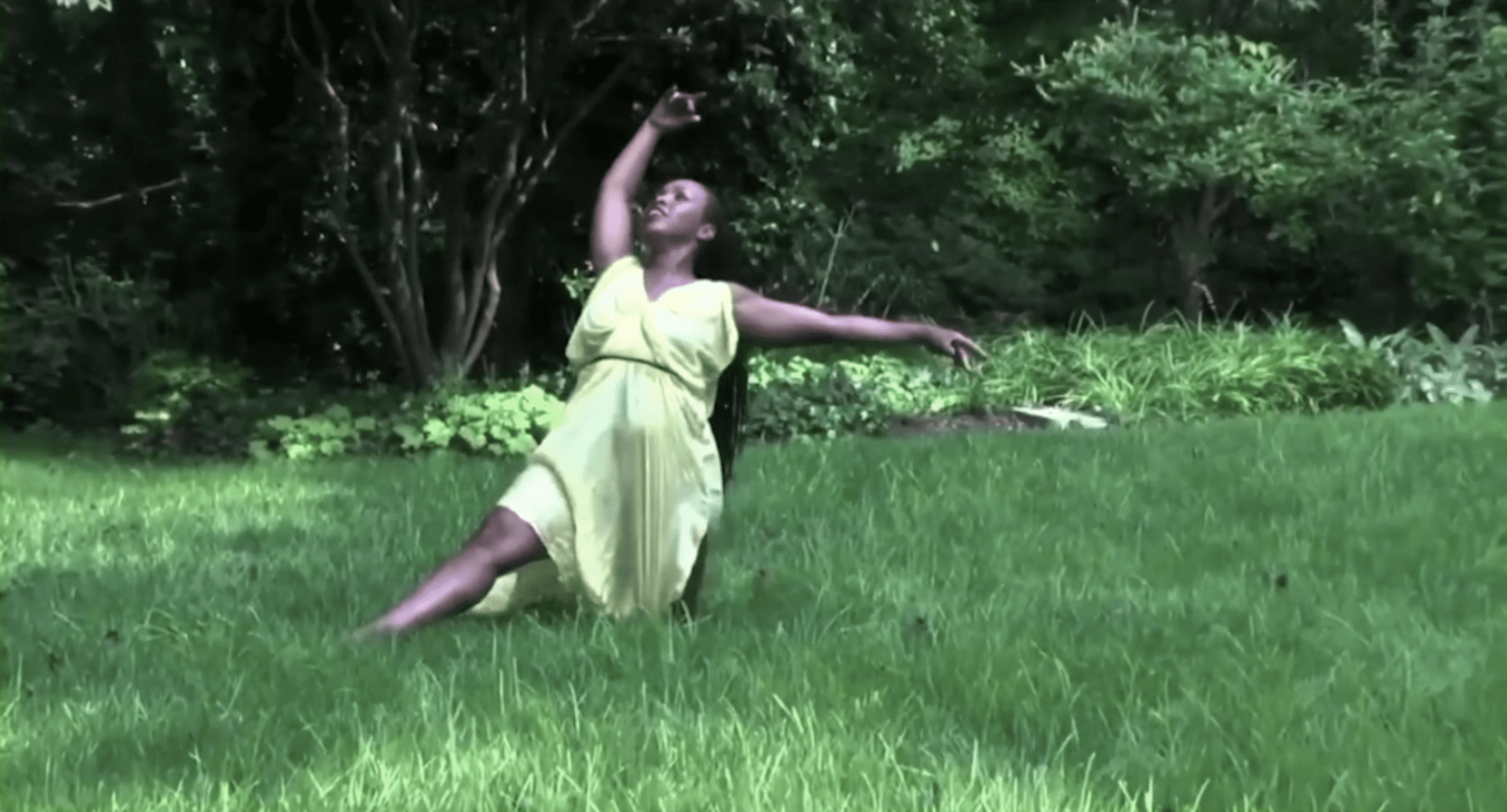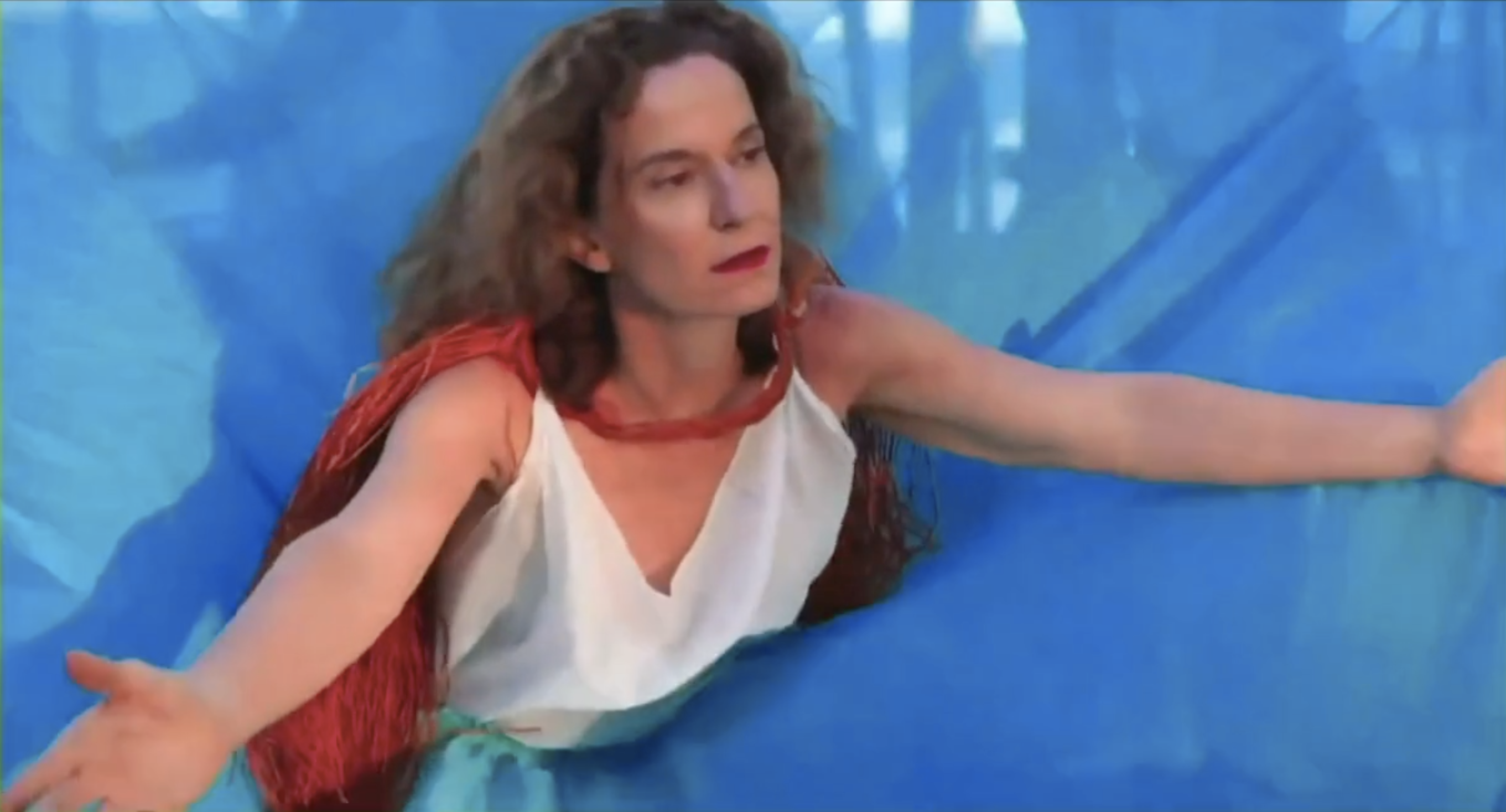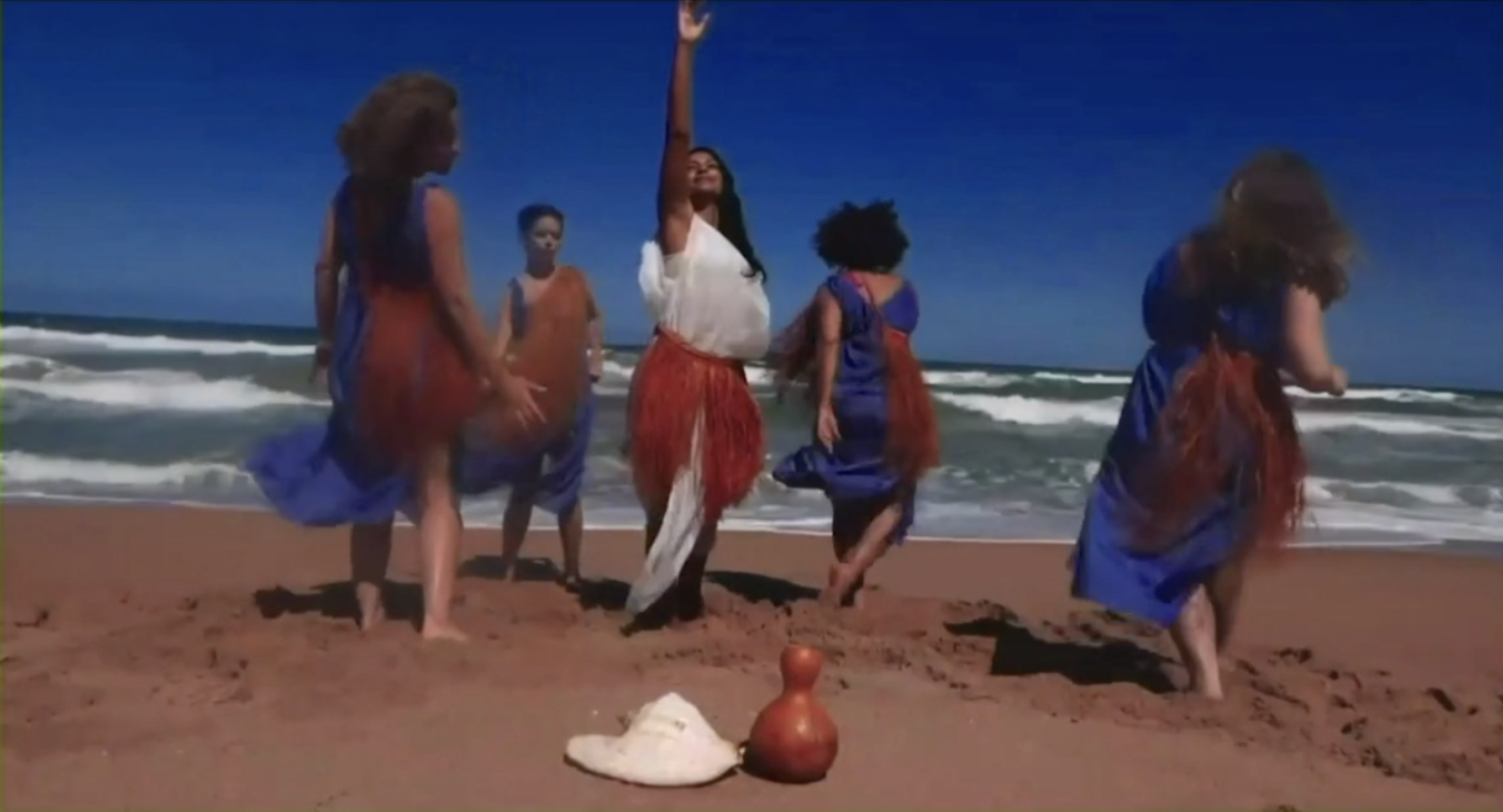Art is known to transcend barriers and boundaries, binding people across race, religion, and geographies. Dance holds the unique power of bringing relief into a world struggling under the gloom of uncertainty. However, the physical restrictions placed on performers due to the ongoing pandemic have enforced a radical re-imagination of the ways in which dance culture can be practiced and disseminated across the world.
Last week, as part of the Harvard Worldwide Week, dance teams representing three global centers and institutes of Harvard University convened to present a program called “Channels of Expression in Times of Change: Music and Dance Across Continents.” The session brought together celebrated dancers from four different continents — Asia, North America, Europe, and South America — beaming out art directly into our living rooms, making the experience more real and personal.
The session commenced with the representatives from each of these centers emphasizing the importance of dance as a channel of expression. “In times like these, when people across the world have been forced to isolate, we hope that this session will forge links in the global change of movement and rhythm and bring humanity together,” said Sanjay Kumar, the India Country Director of the Mittal Institute, in his opening note.
Helena Monteiro, the Executive Director of the Brazil office of the David Rockefeller Center for Latin American Studies, invited viewers to reimagine the dance world in times of change. She added, “In this session, we are exploring the contribution of dance across the globe, and we are also supporting the dance community in disseminating their artwork.”
Zoie Lafis, the Executive Director of the Center for Hellenic Studies and the curator of this program, discussed the idea behind the collaborative effort and the emphasis on creative expression: “After months of continuing their practice while strictly observing physical distancing, each of these artists devised ways of identifying work that was meaningful to them. They provide expressions of ancient, modern, and contemporary understandings of cosmic synergies encompassing both change and equilibrium in the cosmos, of timeless truths about human emotions and experiences to seek answers to contemporary questions, of human relations and their dynamics, of universal connections between humanity and elements of nature.”
“This session is a great opportunity to reflect on global concepts and ideas that represent several global offices of the university across continents and echo conceptually what the Harvard community in Cambridge feels and develops,” shared Evan Katsarelis from Center for Hellenic Studies in Greece.
The first performance in the ensemble, from India, “The Pulse Within,” presented a confluence of three Indian classical dances: Bharatnatyam, Odissi, and Kathak. Revolving around the iconography of Lord Shiva, who presides over both change and equilibrium in the cosmos, the performance played on his association with the serpents that adorn his body and the drum that he holds in his right hand –— both metaphors of creativity of two difference kinds: the opposing forces of creation and destruction. The choreography casted reflections on the present that has been disordered by a devastating pandemic, while also offering the hope of an imminent reconciliation. The concept was conceived by Shreya Dua under the guidance of Professor Kevin McGrath, an associate of the Department of South Asian Studies at Harvard University.
The second performance, from the United States, “Dances in the Time of COVID,” was a series of three solo dances that pitted the emotional impact and anxiety brought on by the pandemic against the enduring beauty of nature. Cynthia Word, the Artistic Director of Word Dance Theater (WDT) and curator of these dances, shared her commentary.
“We had very little time to imagine … given the many restrictions that face the performing artists at the time of COVID and the timeline for the project. My solution was to ask three of our company members to pick a piece of music that expresses something of how they are feeling during this pandemic time, and to be prepared to dance with that music. We then gathered at the beautiful gardens of the Center for Hellenic Studies in Washington, DC. Each dancer would pick where they wanted to perform their solo, and we would record each dance. The video reflects our required separation, the unifying beauty of nature and some of how we use our art form to express our feelings.”
From the lush gardens of the Center for Hellenic Studies in Washington, DC, we are transported to the iconic neoclassical building of Harvard’s Center for Hellenic Studies in Nafplio, to a performance entitled “Something is going to happen that Ι don’t know what it’s gonna be.” Choreographed and performed by Evan Katsarelis and Reina Laina, this dance traced the journey of two close friends through a state of dystopia, which forces each other to move away, even placing physical barriers of separation between them.
The dance movements reflected on the concept of change and of proximity and distancing, drawing a parallel to the current state of pandemic as experienced by the global community. The two friends eventually manage to reconnect, showing that human relationships have the potential to be resilient and overcome crises with the help of creative expression.
Finally, from Brazil, the David Rockefeller Center for Latin American Studies presented a performance entitled “Talavera.” The choreography, as conceived by Fatima Suarez, brought together movements of the spiritual practice of Candomblé in Brazil and the style of Isadora Duncan, a pioneer of interpretative dance. The work was a fusion of movements for the African gods of Candomblé (Orixás) and for Isadora Duncan’s artistic gestures related to the elements of nature, human movements, and the divine.







